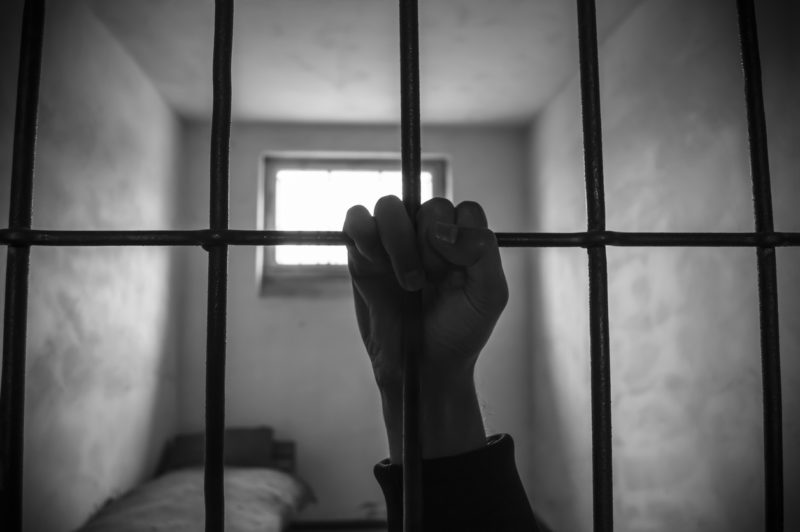Struggling to make ends meet was a reality for thousands of people in 17th century England, just as it is today for millions around the globe. The prisons of the day were filled with individuals who simply failed to stay in control of mounting debts and were locked up behind prison bars. Some famous historical names who ended up in such a predicament included John Dickens, the father of Charles Dickens; the English statesman John Eliot; the playwright and poet Ben Jonson; and many others.
One such prison was the notorious Marshalsea located in London. Its story is covered by many, from historians such as Jerry White to writers such as Charles Dickens who, unlike White, was personally involved in the history of this jailhouse.
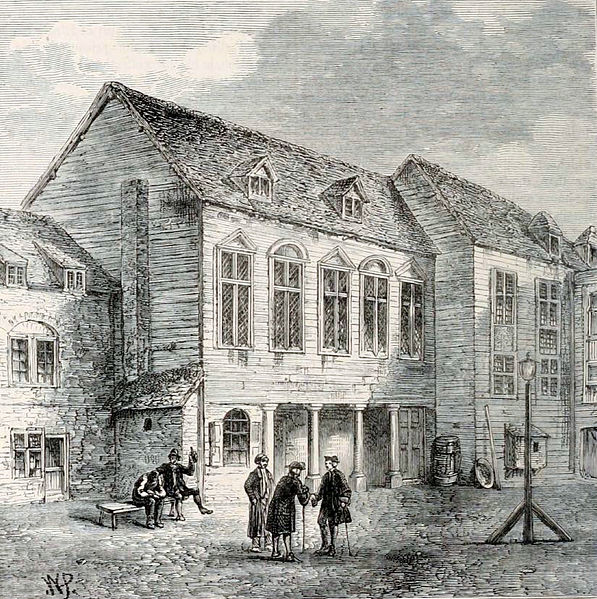
His father owed £40 and 10 shillings to a baker named John Kerr. Unable to come up with the money, John was incarcerated while Charles himself did everything he could to raise the money and save his father. But despite everything Charles did, his father was taken to Marshalsea on February 23, 1824.
Marshalsea prison was built in the 14th century on what is today 161 Borough High Street. For over 100 years, it functioned as intended but by the end of the 16th century, the prison was in a desperate state.
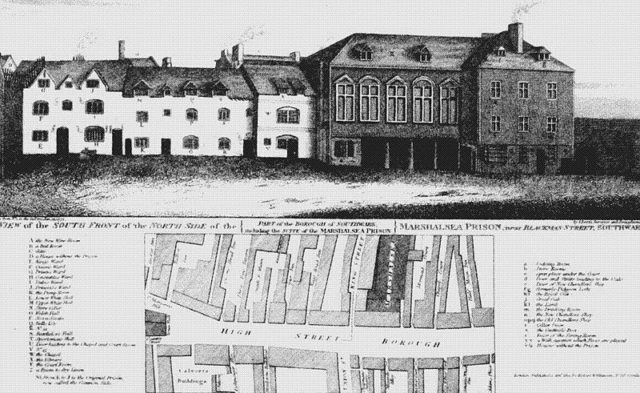
In 1799, the government of the day made an announcement that the prison would be demolished and erected anew 400 feet to the south.
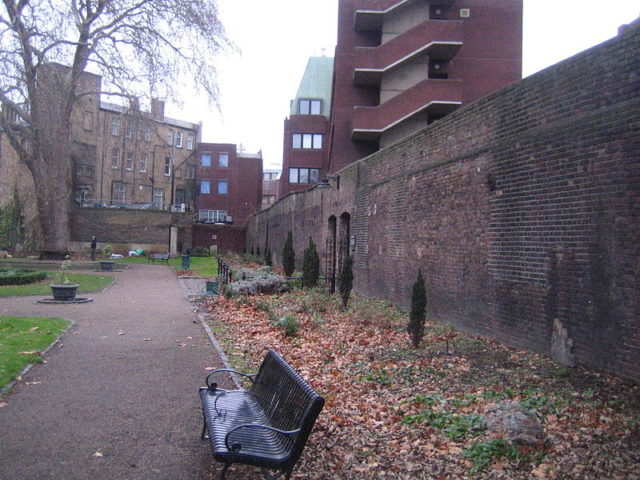
Most of the prisoners there were debtors, some of whom were locked in this prison, according to The Guardian, “for owing as little as sixpence.” Logically, the prison made a clear separation between the poor and those able to pay for their accommodation there; some of the prisoners who managed to pay the prison fees were allowed to exit the grounds and to go work so that they could pay back what they owed.
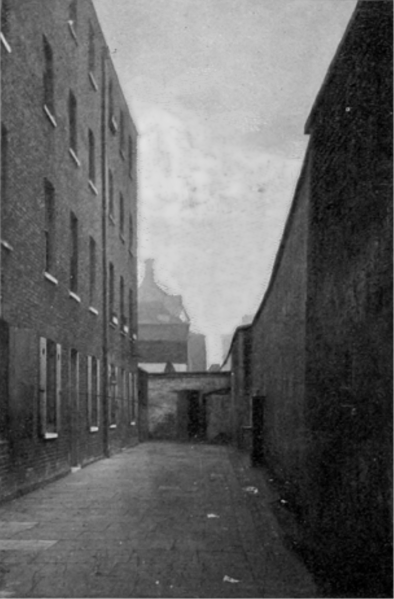
The rest of them were placed inside small, cramped cells. The poorest of the poor were often starving, in some cases to death. Charles Dickens perfectly conveys the situation of the day. No more than 12 years old, Dickens had no other choice but to quit school and start working, for he was on his own; his mother was also incarcerated in Marshalsea Prison. He found a job at a local factory.
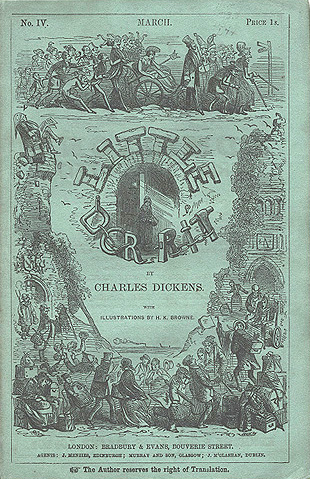
Years later, Dickens would write about this prison in his novel Little Dorrit describing it as a “… pile of barrack building, partitioned into squalid houses standing back to back, so that there were no back rooms; environed by a narrow paved yard, hemmed in by high walls duly spiked at top.” But Little Dorrit isn’t the only novel that describes Marshalsea Prison. The Pickwick Papers and David Copperfield are two other novels the characters of which were inspired by Dickens’ own experience with this “debtors prison.”
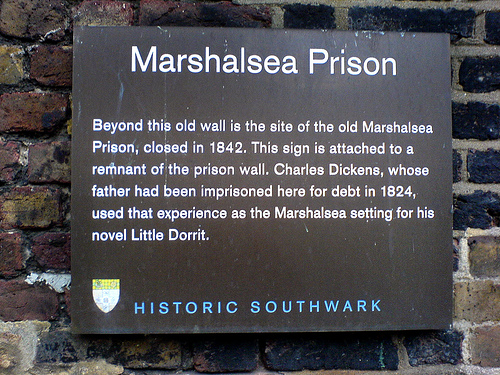
Marshalsea was also where a number of other notable individuals were imprisoned, such as the poet Christopher Brooke and Colonel Thomas Culpeper. The end for Marshalsea came in 1842.
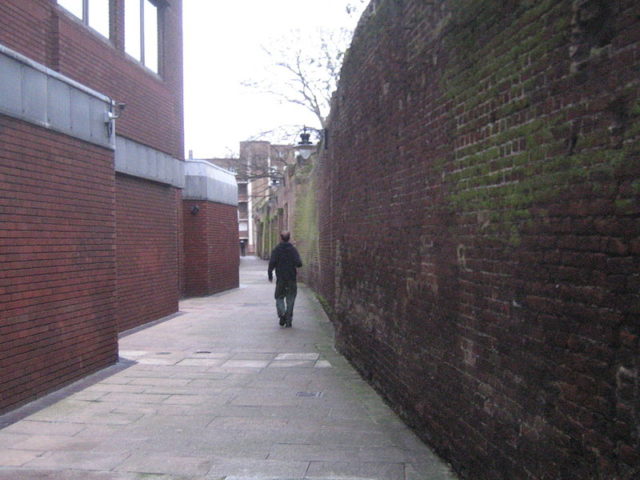
The prison was closed and the prisoners were transferred to King’s Bench Prison; those that were mentally ill were taken to the Bethlem Royal Hospital. During the 1870s, much of the prison was demolished and a library was erected on its land. Today only parts of the prison survive, carrying with them the story those who were imprisoned there.
